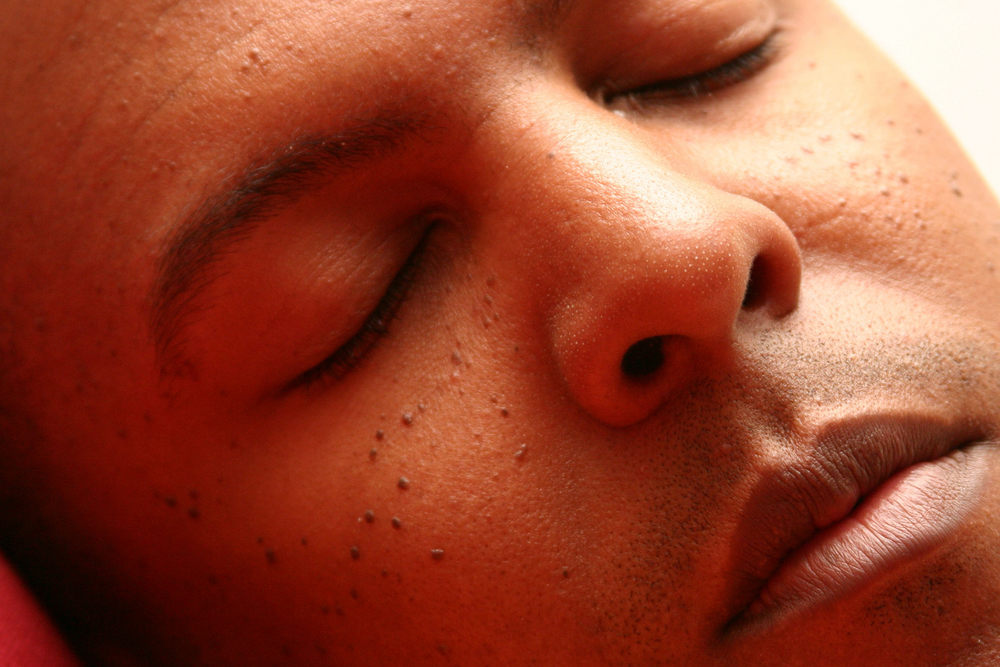Moles appear commonly on human skin, yet their presence demands attention and regular monitoring. While most remain harmless, these small pigmented spots can occasionally signal serious health concerns. Dermatologists emphasize that melanoma, an aggressive form of skin cancer, often develops from existing moles or appears as new skin growths.
Regular monitoring of skin changes provides crucial early detection opportunities. Medical professionals note that identifying concerning changes promptly leads to more effective treatment outcomes and improved survival rates for skin cancer patients.
Understanding warning signs
Dermatologists worldwide rely on the ABCDE assessment method to evaluate potentially problematic moles. This systematic approach examines asymmetry, where irregular shape may indicate abnormal growth patterns. Border irregularity, presenting as jagged or poorly defined edges, often signals cellular changes beneath the skin surface.
Color variations within a single mole warrant professional evaluation, particularly when spots display multiple shades or unusual pigmentation. Diameter measurements exceeding 6 millimeters, roughly the size of a pencil eraser, require closer examination. Perhaps most importantly, evolving characteristics such as changes in size, shape, or color necessitate prompt medical assessment.
Melanoma risk factors
Several factors influence individual risk levels for developing melanoma. Genetic predisposition, including family history of skin cancer, significantly impacts vulnerability. Environmental factors, particularly cumulative sun exposure and history of severe sunburns, play crucial roles in cancer development.
Individuals with fair skin tones face higher risk due to reduced natural melanin protection. Those with numerous moles, especially counts exceeding 50, require vigilant monitoring. Regular tanning bed use substantially increases risk through artificial ultraviolet radiation exposure.
Professional examination process
Dermatological evaluations provide thorough assessment of skin health through systematic examination. During these appointments, specialists employ dermoscopy, using specialized magnification devices to examine mole characteristics in detail. This technology enables visualization of structures beneath the skin surface, allowing early detection of concerning changes.
The examination process typically begins with comprehensive medical history review, followed by full-body skin assessment. When suspicious growths are identified, physicians may recommend biopsy procedures, removing small tissue samples for laboratory analysis. These diagnostic steps ensure accurate identification of potential problems.
Urgent warning signs
Certain symptoms demand immediate medical attention. Sudden bleeding or fluid discharge from moles indicates potential serious conditions. Persistent itching, pain, or tenderness around existing moles should prompt swift evaluation. The appearance of new moles during adulthood, particularly those displaying rapid growth, requires professional assessment.
Preventive measures and protection
Sun protection plays a vital role in preventing abnormal mole development and reducing skin cancer risk. Medical experts recommend daily application of broad-spectrum sunscreen with minimum SPF 30 protection. Protective clothing, including wide-brimmed hats and UV-blocking eyewear, provides additional defense against harmful radiation.
Strategic timing of outdoor activities helps minimize dangerous exposure. Sun intensity peaks between late morning and mid-afternoon hours, making shade essential during these periods. Avoiding artificial tanning devices prevents unnecessary ultraviolet radiation exposure and reduces cancer risk.
Psychological aspects of skin monitoring
Regular skin examinations provide both physical and emotional benefits. Many individuals experience anxiety about potential skin cancer development, particularly those with known risk factors. Professional evaluation offers reassurance and reduces uncertainty about skin changes.
Proactive monitoring empowers patients through knowledge and early detection capabilities. Understanding normal skin characteristics helps individuals recognize concerning changes promptly, leading to timely medical intervention when needed.
The importance of consistent monitoring
Establishing regular skin examination routines ensures comprehensive health maintenance. Monthly self-examinations allow familiarization with existing moles and quick identification of changes. Professional evaluations, scheduled according to individual risk factors, provide expert assessment and documentation of skin changes over time.
Documentation helps track changes accurately, preventing delayed identification of problems. Photographic records often assist both patients and physicians in monitoring mole evolution, particularly in individuals with numerous skin marks.
Long-term health implications
Regular mole monitoring extends beyond immediate health concerns, contributing to lifetime skin cancer prevention strategies. Early identification of potential problems allows prompt intervention, often preventing progression to more serious conditions. Understanding personal risk factors and maintaining appropriate screening schedules helps optimize long-term health outcomes.
Professional guidance helps establish appropriate monitoring intervals based on individual risk profiles. This personalized approach ensures adequate oversight while avoiding unnecessary procedures, creating sustainable long-term health management strategies.
The combination of regular self-examination and professional evaluation provides comprehensive skin health maintenance. Understanding warning signs and maintaining consistent monitoring routines allows early detection of potential problems, optimizing treatment outcomes when necessary. Through proper attention to skin changes and professional guidance, individuals can effectively manage their skin health and reduce serious condition risks.
This story was created using AI technology.
















